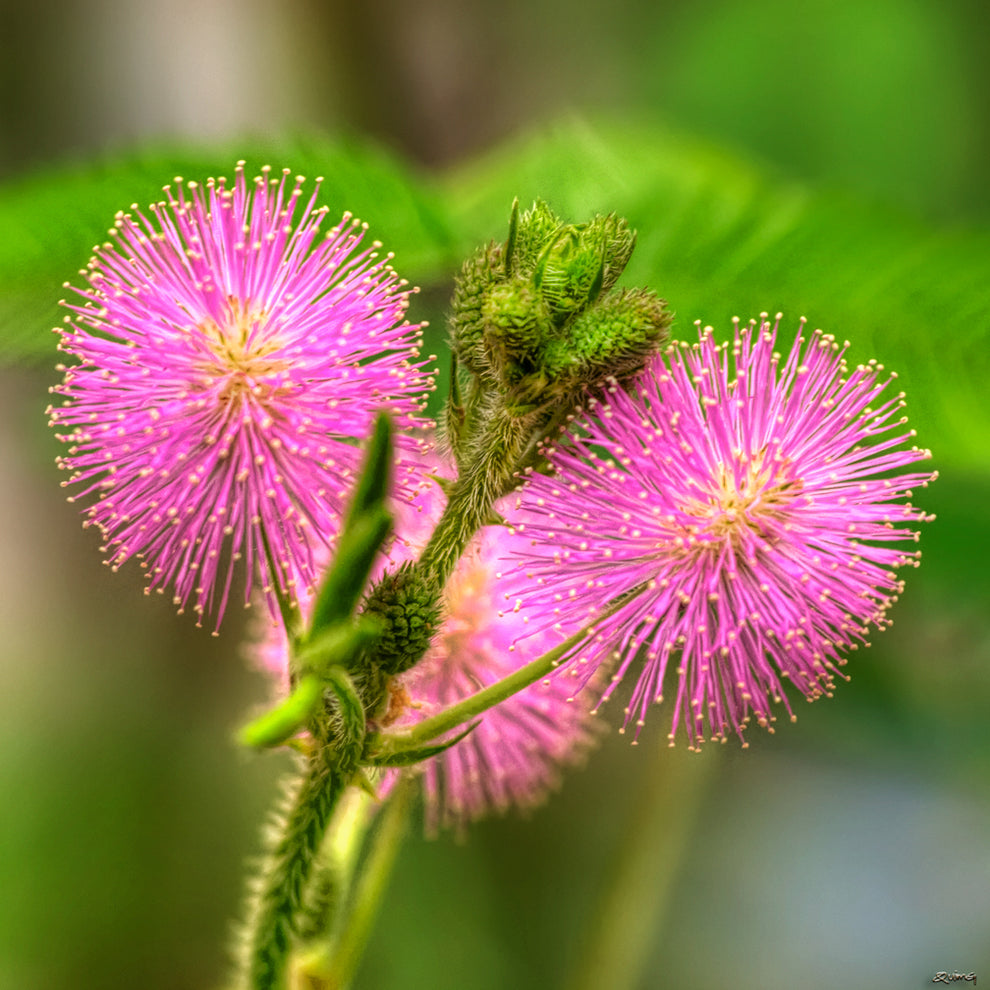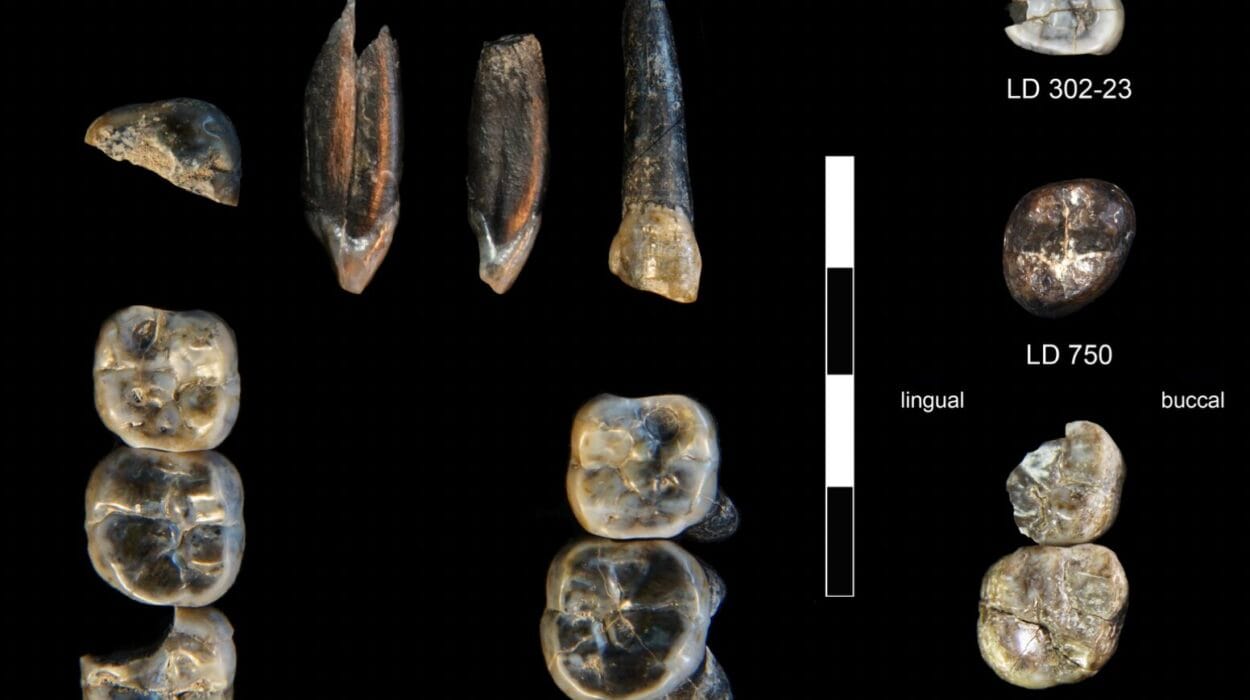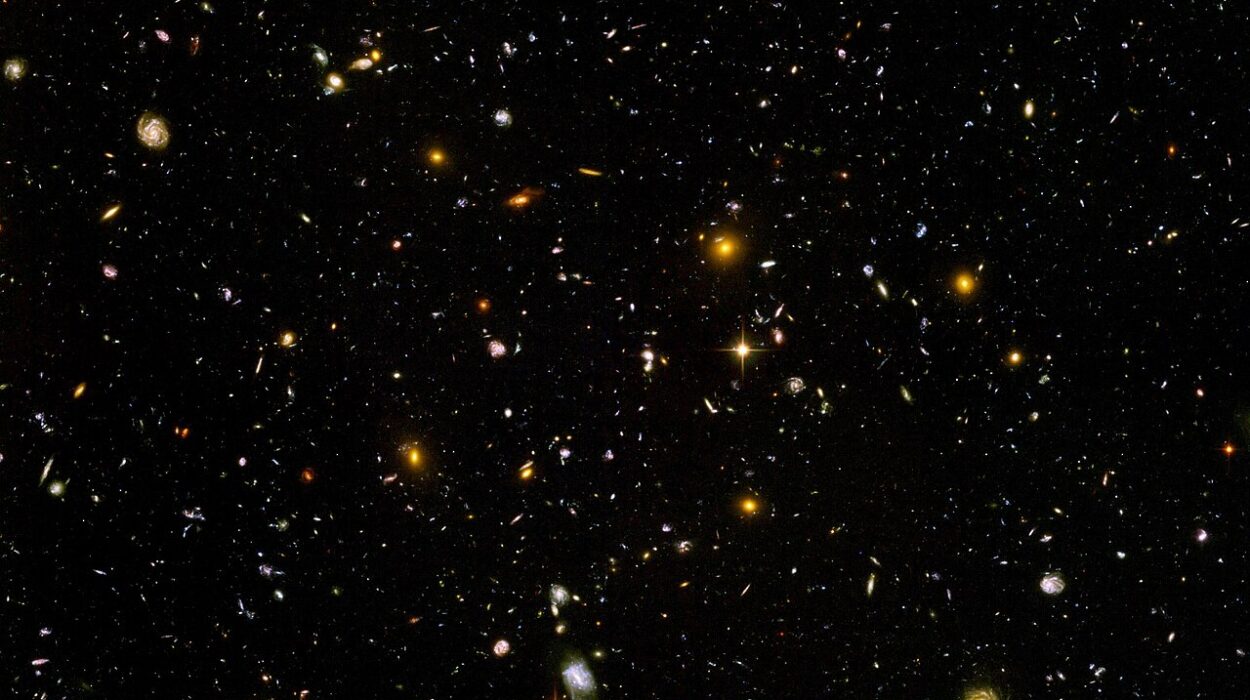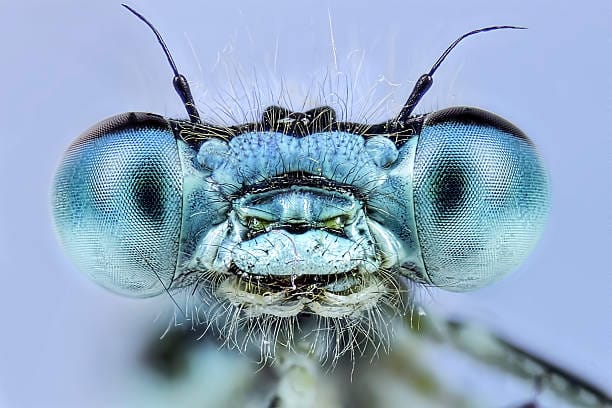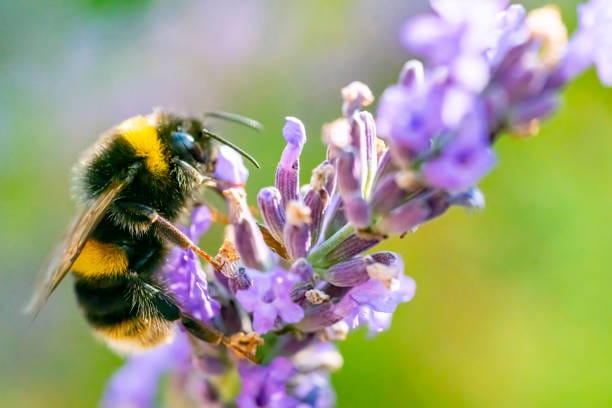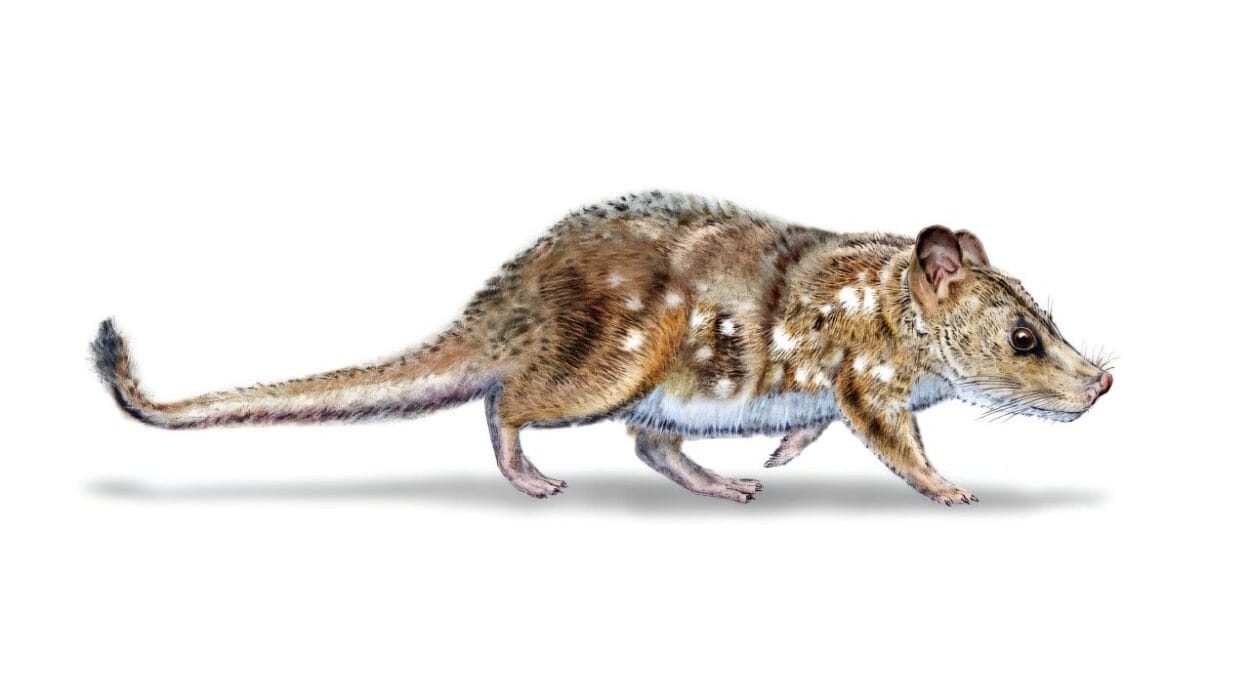Long before the invention of the wheel, before the rise of empires or the written word, there stood two beings on the threshold of history: the horse and the human. One, a powerful, alert animal of the plains, capable of galloping for miles with explosive grace. The other, a fragile-looking primate with an enormous brain and a hunger for understanding. Their meeting would shape the course of civilization.
The horse did not begin as humanity’s servant. In the early days, around 6,000 years ago on the steppes of what is now Ukraine and Kazakhstan, wild horses roamed freely in the open grasslands, wary of predators and humans alike. They were prey animals—highly sensitive to threat, constantly tuned to the vibrations of the earth beneath their hooves and the shifting winds above. Yet something changed when early humans began to observe their movements, mimic their rhythms, and eventually approach with patience rather than violence.
This was not a bond formed overnight. It was a relationship born of mutual respect, curiosity, and necessity. Early domestication of horses marked one of the most significant evolutionary turning points for both species. With the horse, humans could move faster, carry more, explore farther. With the human, horses gained protection, access to food, and, ultimately, a new place in the evolutionary web—not as hunted, but as partnered.
How Two Nervous Systems Learned to Speak
The human-horse bond is not only cultural—it is biological, neurologically intimate. Unlike most domesticated animals, horses have not been bred for tameness to the same extent as dogs or livestock. Their nearness to their wild ancestors means they retain a vivid, visceral sense of fear. This, paradoxically, makes them deeply attuned to emotional cues.
Recent studies in equine cognition reveal that horses are able to read human facial expressions, distinguishing between anger, joy, and neutrality. They respond differently to a smiling human than to a frowning one, even if they’ve never encountered that person before. Their large, laterally positioned eyes—able to see nearly 360 degrees around them—detect the smallest of changes in posture or tension. They sense human heart rates and respiration and often mirror them, a phenomenon scientists call physiological synchrony.
This mutual feedback loop is not unique to horses, but it is unusually strong. When a rider feels fear, a horse often responds with nervousness. When a human breathes calmly, the horse slows its own rhythm. Riders sometimes say that a horse “feels” their mood—and they’re not far off. It’s not magic, but biology. The horse’s nervous system is a mirror to our own.
The Language Without Words
What allows this silent conversation to flourish is the way horses communicate. As prey animals, horses evolved to rely on subtlety. In a herd, loud noises or flashy displays could attract predators. Thus, their social world is built on quiet signals—shifts in weight, a flick of the ear, the angle of a head. When humans enter this world with patience and empathy, we begin to adopt that language ourselves. We stop shouting. We begin to feel.
Natural horsemanship, a philosophy of training based on respect, observation, and gentle guidance, gained prominence in the 20th century and revealed how intuitive this communication could be. Pioneers like Tom Dorrance and Monty Roberts showed the world that horses don’t need to be broken through force. They can be invited through trust. They respond better to curiosity than coercion, to clarity over command.
The success of such methods speaks volumes about the horse’s cognitive ability and its deep capacity for social bonding—not just with other horses, but with us. Through mutual body language and presence, a rider and horse can reach a kind of nonverbal harmony that borders on the spiritual.
Warriors, Nomads, and Kings
The horse became more than a partner. It became an extension of human ambition and imagination. From the Scythian archers of the Eurasian steppe to the armored knights of medieval Europe, horses were symbols of power, speed, and grace. Entire civilizations were shaped by the capacity to ride.
The Mongols under Genghis Khan swept across Asia on horseback, building the largest contiguous empire the world has ever seen. Native American tribes transformed their cultures through the acquisition of horses brought by the Spanish—becoming some of the finest horsemen in history. The horse expanded the limits of travel, warfare, agriculture, and trade. It carried emperors and mail, plowed fields and pulled carts, galloped into battle and danced in royal courts.
Yet the bond was never purely utilitarian. Horses have inspired poetry, mythology, and awe across every culture that touched their mane. Pegasus flew in Greek myths; Sleipnir carried Odin in Norse legend. In Arabic culture, the horse was described as a divine gift, loyal and brave. In the Book of Job, the war horse is described with reverence and fear, “He laughs at fear and is not dismayed.”
From East to West, across deserts, mountains, and rivers, the horse became something sacred—not a tool, but a companion.
Healing in the Rhythm of the Trot
In the modern era, the horse no longer carries us to war or empire. Yet its gift to humanity continues—in the arena of healing. Equine-assisted therapy has emerged as one of the most compelling applications of the human-horse bond, particularly for those suffering from trauma, anxiety, autism, or PTSD.
The science behind equine therapy is grounded in the horse’s natural sensitivity to emotion. When patients interact with horses, they are invited into a space where nonverbal cues matter more than words. The horse demands presence and honesty. One cannot fake calmness with a horse—it knows.
This creates a feedback loop in which the human must regulate their own emotions in order to connect. That self-regulation is healing. In veterans with PTSD, interacting with horses has been shown to reduce cortisol (the stress hormone), increase oxytocin (the bonding hormone), and improve emotional resilience. For children with autism, horses offer a consistent, nonjudgmental partner who responds to touch, tone, and movement with clarity.
Riding itself—particularly at a walk or trot—also mimics the natural gait of the human pelvis, stimulating neurological pathways related to balance and coordination. The physical act of riding can help develop motor skills, sensory integration, and even speech development.
But more than that, horses offer trust. For someone who has felt powerless, unworthy, or broken, gaining the trust of a 1,000-pound animal is transformational. It changes not only how the person sees the horse—but how they see themselves.
The Emotional Intelligence of Horses
We often think of intelligence in terms of logic or problem-solving. But emotional intelligence—the ability to perceive, respond to, and influence the emotions of others—is just as critical. Horses possess this in abundance. Living in herds requires a complex social intelligence: who leads, who follows, how to negotiate space, how to resolve conflict without violence.
Researchers have shown that horses exhibit what ethologists call “social referencing”—the tendency to look to a trusted individual in ambiguous situations. Horses will often look to humans the same way they look to herd leaders. They also show forms of empathy, consoling distressed herd members and responding to pain in others.
One famous study demonstrated that horses could remember emotional expressions on human faces and react differently to those individuals later—even if the expression was no longer present. This suggests a level of social memory and emotional processing once thought unique to primates.
What this means is that horses don’t simply react—they relate. They form attachments. They remember kindness and tension. When a horse greets you with a soft nicker or rests its head gently on your shoulder, it’s not a reflex. It’s recognition.
The Spiritual Terrain
Beyond biology and behavior, there lies a terrain less easy to define but no less real: the spiritual bond between horse and human. Countless equestrians speak of the horse as a mirror to the soul. In its presence, they feel seen—not for their appearance, but for their essence.
There is something profoundly humbling about being near a horse. Its power dwarfs ours, yet it offers submission willingly. It allows us on its back, lets us guide it with the gentlest of cues. Trust that massive and mutual cannot be bought; it must be earned.
Time with horses slows the clock. It demands presence, attentiveness, and respect. It forces us into our bodies, into the now. In a world that often feels disconnected and synthetic, the touch of a warm muzzle or the sway of a canter reconnects us to something elemental.
This is not mere sentimentality. The effects of such connection have measurable impacts on human well-being. Lower blood pressure. Decreased depression. Increased mindfulness. As poet and horseman Ronald Duncan wrote, “Where in this wide world can man find nobility without pride, friendship without envy, or beauty without vanity?”
The answer, as he saw it, was with the horse.
The Future of the Bond
Today, the role of horses in human society is shifting once again. They are no longer beasts of burden but beings of companionship. Equestrian sports flourish, yes, but so too do sanctuaries, therapy centers, and natural horsemanship schools. The horse is being rediscovered not as a machine of labor, but as a creature of wisdom.
Ethical questions now arise about how we breed, train, and ride horses. What do they owe us, and what do we owe them? Can we move beyond dominance-based models toward truly reciprocal relationships?
More and more, people are asking not just how to control a horse, but how to listen. They are stepping off the saddle to walk beside them. They are integrating ancient respect with modern science.
This shift may be the most profound yet. For if we can learn to connect with a creature so different from us—with hooves instead of hands, prey instincts instead of predator minds—perhaps we can learn to connect better with each other. Perhaps the horse, even now, has more to teach us.
The Last Canter
As the sun sets over a pasture, a lone horse gallops into the wind, tail streaming, hooves thundering in rhythm with the earth’s pulse. Somewhere nearby, a human stands silently, watching, feeling—not in control, but in communion.
The bond between humans and horses defies easy explanation because it resides in the space between language and feeling. It is born of biology, nurtured by culture, and elevated by spirit. It is as old as the wheel and as new as the latest therapy session. It carries echoes of battlefields and stables, dreams and dust.
In the end, we do not ride horses simply to go somewhere. We ride to remember who we are. In the eyes of a horse, we see not just an animal, but a partner, a mirror, a teacher. And in that gaze—ancient, intelligent, and unafraid—we glimpse something eternal.
The story of humans and horses is not over. It gallops on, hoofbeat by hoofbeat, across the wild fields of time.

